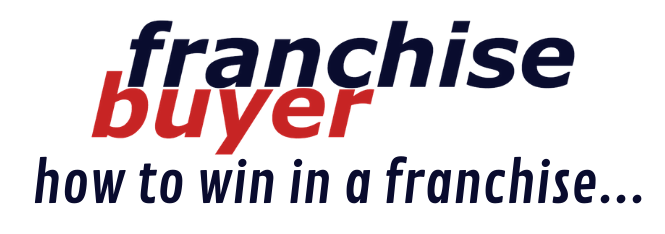July 07, 2016
The Fight to Give You Money
Is this a good time to finance your business? There are many attractive lending options for SME’s, but how do you choose which credit is right for you and understand what the consequences really are?
Business of economy the SME finance is a sector powerful and to the the state importance Australian of play at present. On one hand, you have a proliferation of lenders in the SME and small business sector and on the other, traditional lenders operate closely with franchise networks in their communities and also in their relationships with accountants and finance brokers.
We spoke in detail with the leaders of three key players in the franchise finance market and beyond, Cashflow It, FifoCapital and First Class Capital. Their views are especially important, as they all work with franchise partners, broker partners and direct channels with varying products to fund new stores, undertake store refurbishments, purchase new or used equipment, franchise re-sales and complete national equipment roll outs across entire franchise networks.

While their competitive solutions may differ, they all agree on one thing – the current lending practices in Australia are weighted with both pros and cons.
Wondering how to fund growth as a business owner and minimize problems associated with servicing debt? These industry experts share their insights.
Why you need to do your homework and fully understand the financial product you are committing to.
Cashflow It© specialises in providing financial solutions to the Australian franchise sector, license arrangements and member buying groups. They are part of publicly listed ‘Thorn Group Limited’ and have policies focused on ensuring compliance with prudent lending practices. Founder & Managing Director, James Scurr says while the current trend from some lenders is to “draw customers in with extended repayment free periods”, in most instances, clients do not fully understand “the impact and overall real cost of funds”.
He explains while these sorts of products give “potential and existing franchisees a false sense of the profitability of their business in the period before the high repayments kick in”, the repayment period is anything but “free”.
The true cost is actually built into the overall funding arrangements. How then do borrowers navigate the lending landscape of “approving funding without a thorough and robust assessment of applications”? Mr Scurr says it is crucial a person looking to invest in a business does not go into it with their “finance arrangements causing a significant drain on the business”.
Essentially, “you need to think of the best case and worst case scenarios so you can give yourself the best chance of success”.
• Understand the total cost of funding over the contract term.
• Be aware of what your options are should your situation change i.e. selling the business or how to handle an under-performing business.
• Even though it is in our nature at times to accept the easiest and quickest option to go forward; fully understand what you are about to commit to.
What does the future look like?
When asked what he thinks the future looks like, Mr Scurr explains he is “not an economist, so I will leave the crystal gazing to the experts”. But irrespective of how the economy performs, “franchising has always been a very robust business model that contributes enormously to the Australian economy”.
Why borrowing money shouldn’t be easy, you need to jump through some hoops. Fifo Capital has been operating for a decade and has funded in the vicinity of $700 million through their franchisees who specialise in helping SME’s with their cash flow requirements. Managing Director, Neil McMillan says they are sticking to traditional lending principles, unlike companies who are lending money “without fully thinking through the risk of default”.
He says it is far too easy right now to get finance.“There are a lot of lenders who have almost forgotten about the traditional tried and tested ways to lend money”. Mr. McMillan says he sees a lot of companies stripping back on their “’normal’ criteria of credit lending risk and chasing market share at what I believe is at higher risk profiles than they previously were”.
Lenders are under pressure to compete and this is compromising lending criteria which is “there to protect both lender and borrower.
What can borrowers and business owners do to navigate this credit landscape?
1. Ensure the business model is fundamentally sound.
2. Focus on cash flow management and don’t be afraid to use credit sensibly within the business if to do so means increasing profitability.
3. Understand the benefits of using credit in your business. To do this, business owners must understand the true cost of funding they are proposing to use.
Mr Prout says while increasing access to credit and choice is good, “the borrower must be comfortable with their ability to repay the loan and achieve the intended benefits”. He also believes governments need to closely monitor the use of credit by micro businesses, “to determine what protections (if any) should be afforded to the borrower”. In essence, doing your homework makes good business sense.

















